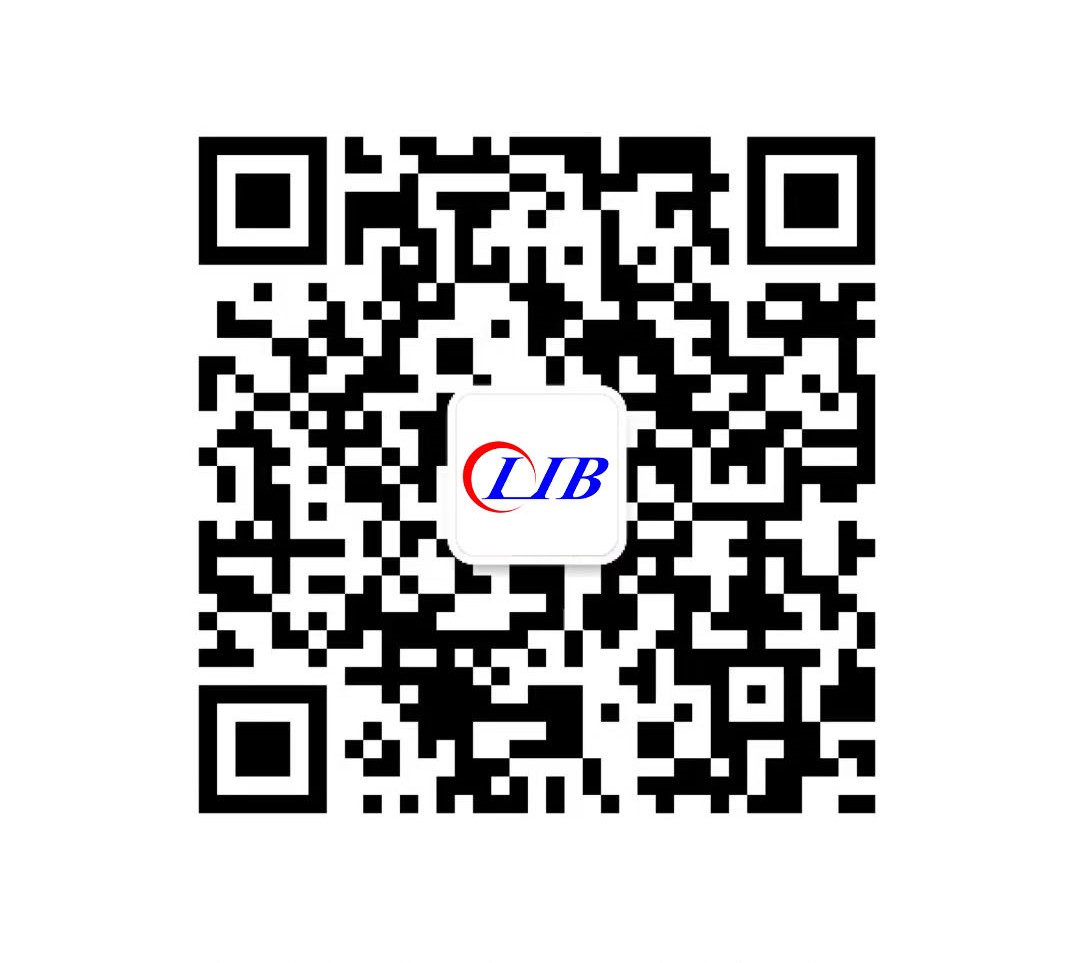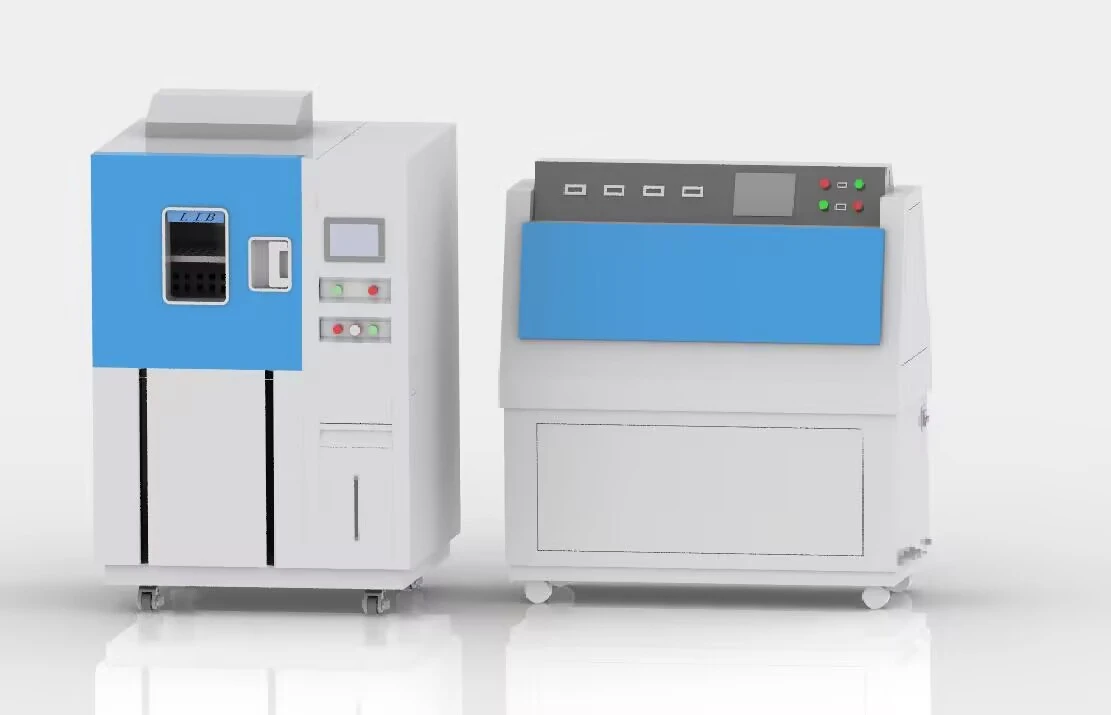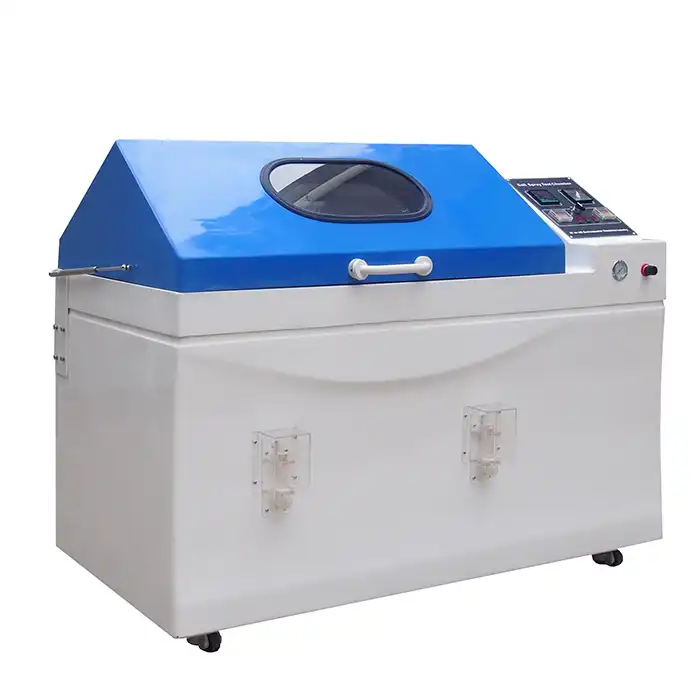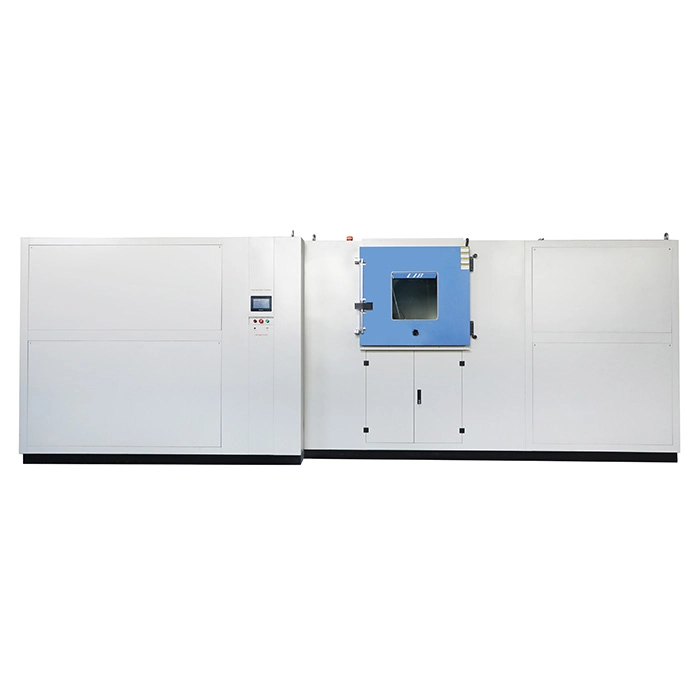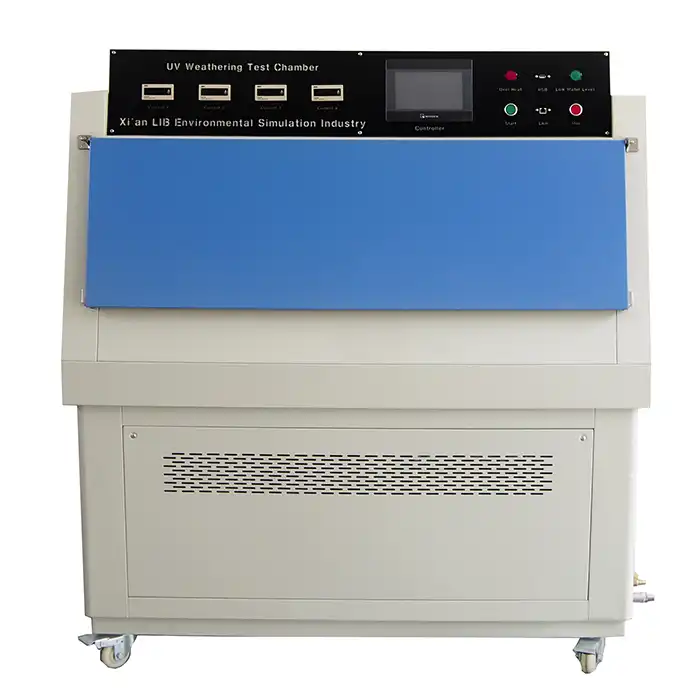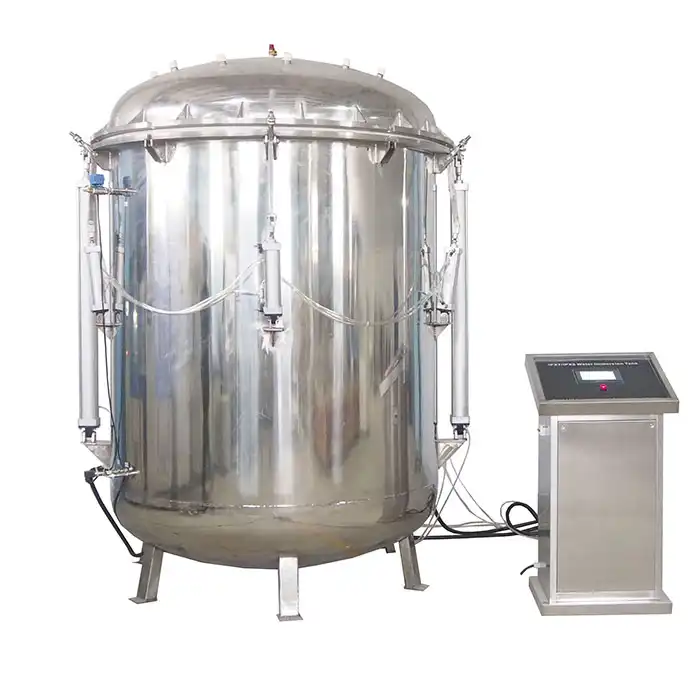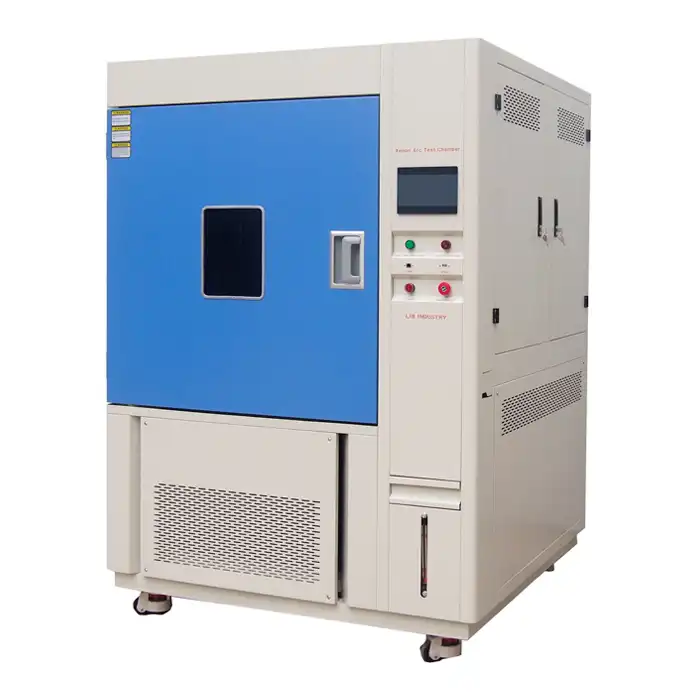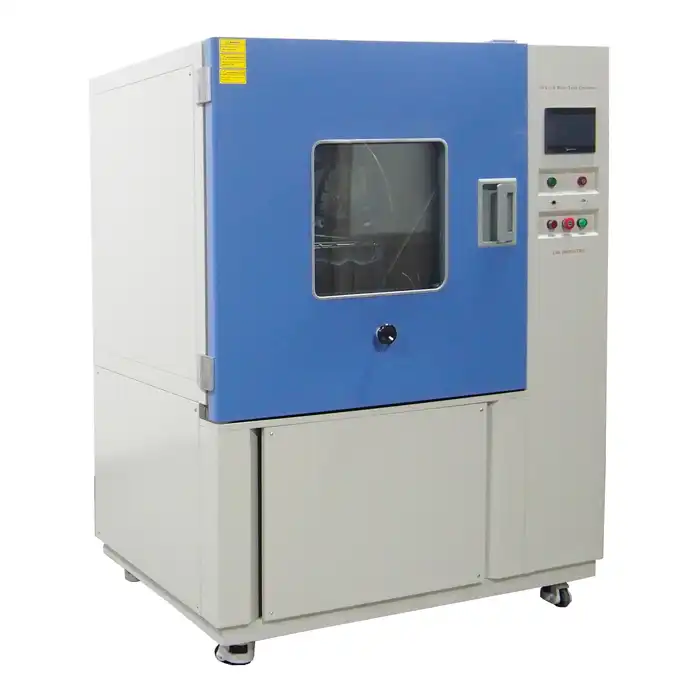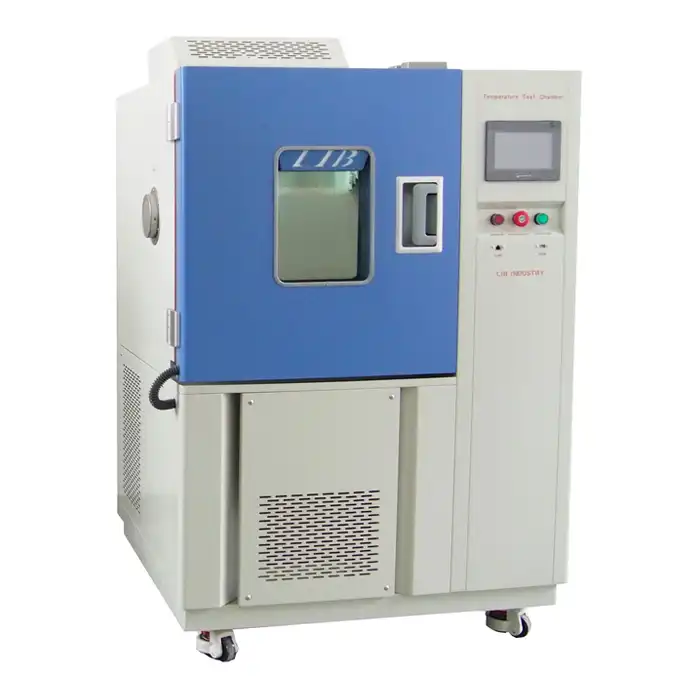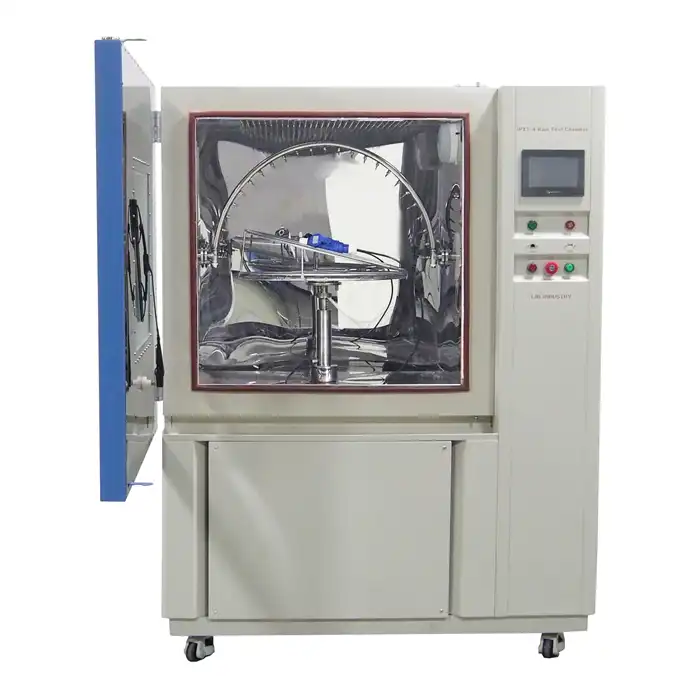Understanding the Core Technology: A Comprehensive Look at UV Accelerated Machine Operation
UV accelerated machines are critical tools for simulating the effects of long-term exposure to sunlight, moisture, and temperature on various materials. These machines help manufacturers across industries, including automotive, coatings, and plastics, to predict product durability and ensure high-quality standards.
Understanding the UV Light Source and its Spectrum
The heart of any UV accelerated machine is its UV light source. These machines are designed to replicate the ultraviolet portion of the electromagnetic spectrum, which is responsible for much of the degradation that materials experience under real-world conditions. Typically, UV accelerated machines use fluorescent UV lamps that emit wavelengths in the UVA and UVB ranges (290 to 400 nm). These wavelengths mimic natural sunlight's damaging effects on materials, such as polymer degradation, fading, and cracking.
The UV spectrum plays a critical role in determining the type of damage a material will experience. UVA light, for example, causes less intense but more prolonged damage, while UVB light results in faster and more severe degradation. By controlling the light spectrum, manufacturers can tailor their tests to simulate specific environmental conditions relevant to their product's end use.
The Role of Condensation and Moisture in UV Testing
A comparative test involved outdoor exposure of different polymer materials for two years in Florida, Arizona and Ohio, while the same samples were tested with two irradiances and two humidity cycles in a UV accelerated aging test chamber (using UVA-340 lamps). Although there are some differences between different materials, according to this test, the accelerated aging results of the test cycle including the condensation program are better matched with the outdoor exposure results.
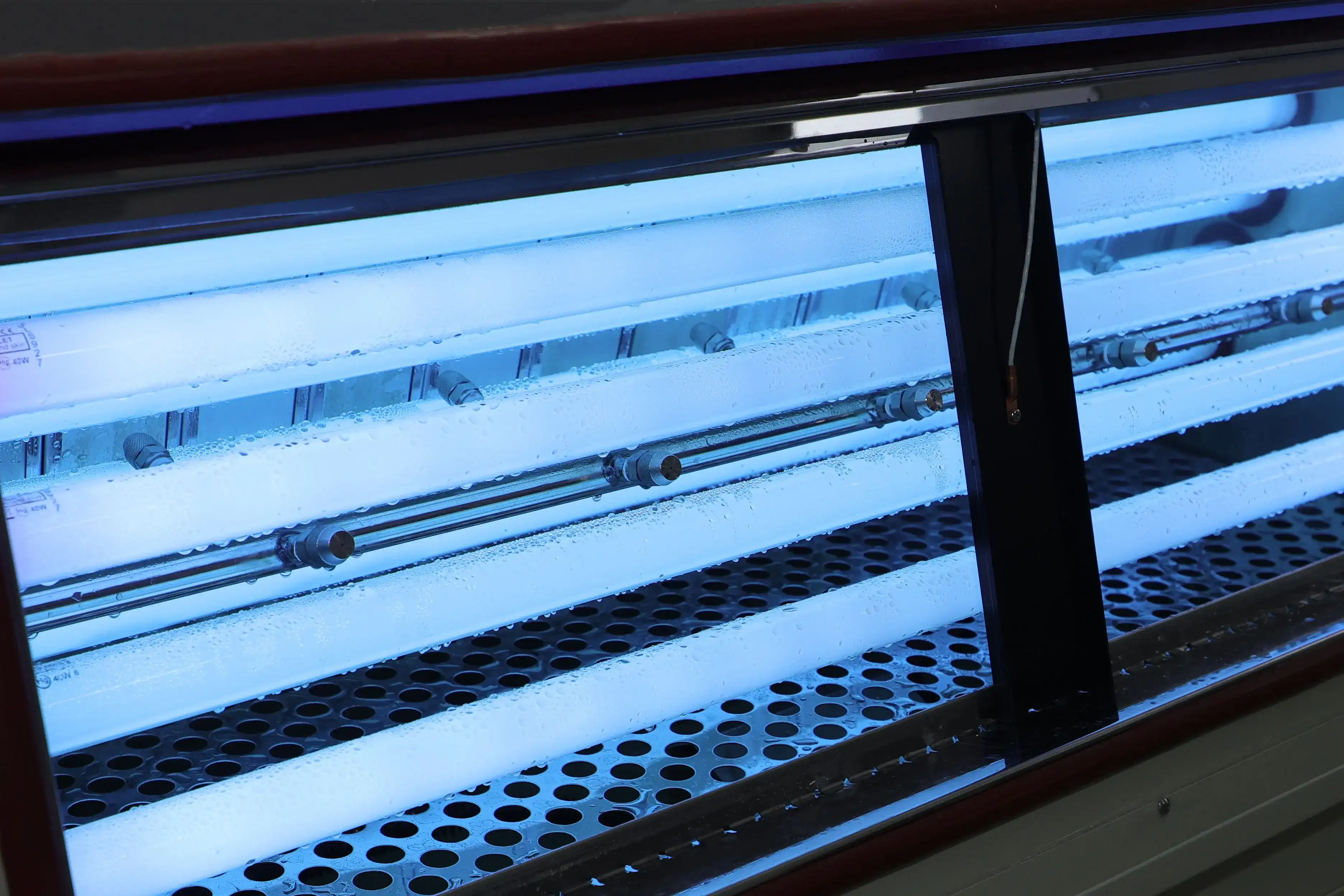
So, we could say that moisture is another key factor in material degradation, especially for products exposed to outdoor environments. UV accelerated machines incorporate condensation and moisture cycles to simulate the effects of dew, rain, and humidity, all of which can significantly speed up the wear and tear on materials. The machines typically operate by introducing periods of high humidity followed by UV exposure, mimicking the natural cycle of night and day when dew forms at night and the sun dries it out during the day.
The condensation process is achieved by cooling the test chamber below the dew point, causing moisture to form on the surface of the test samples. This wet-dry cycling is essential for simulating real-world conditions, as it accelerates the breakdown of coatings, paints, and other materials that are vulnerable to moisture. By combining UV light and moisture exposure, UV accelerated machines provide a comprehensive simulation of outdoor environmental stressors.
Temperature Regulation in UV Accelerated Testing
Temperature is an often-overlooked yet vital element in UV testing. UV accelerated machines must maintain precise temperature control to ensure test accuracy and consistency. Temperature affects not only the rate of chemical reactions in materials but also their physical properties, such as expansion, contraction, and softening. In UV testing, the temperature is typically controlled both during the UV exposure phase and the condensation phase, allowing for a realistic simulation of outdoor temperature fluctuations.
Temperature regulation is managed through a combination of built-in heaters and cooling systems, which ensure that the test chamber remains within the specified temperature range. This level of control is important because high temperatures can increase the rate of UV degradation, while low temperatures can slow it down. By accurately simulating temperature conditions, UV accelerated machines can replicate the real-world effects of varying climates on material performance.
Mastering the Cycle and Exposure Parameters for Accurate Simulation
For UV accelerated testing to provide reliable results, it’s essential to set the correct cycle and exposure parameters. These machines allow users to control key variables such as UV light intensity, exposure duration, moisture levels, and temperature. By adjusting these parameters, manufacturers can simulate different environmental conditions - from tropical climates with intense sunlight and high humidity to temperate regions with milder exposure.
One of the critical features of UV accelerated machines is their ability to run repetitive test cycles that closely mimic the natural environmental patterns materials face. For example, a typical test might involve several hours of UV exposure followed by a period of condensation. These cycles are repeated over the course of days or even weeks to simulate years of real-world usage in a much shorter time. By mastering these parameters, businesses can ensure that their materials will perform well under the specific conditions they are likely to encounter in the field.
The Importance of Monitoring and Sensor Technology in UV Machines
Modern UV accelerated machines are equipped with advanced monitoring and sensor technology to ensure precise control over test conditions. Sensors track key metrics such as UV intensity, temperature, and moisture levels, providing real-time data that allows operators to adjust parameters as needed. This level of monitoring ensures that tests are consistent and repeatable, which is crucial for obtaining reliable results.
In addition to providing real-time feedback, sensors also help detect any deviations or malfunctions in the test chamber, allowing for immediate corrective action. This proactive approach ensures that the testing process remains uninterrupted and that the data collected is accurate. Furthermore, some UV accelerated machines offer automated control systems that adjust the test parameters based on sensor readings. This level of automation reduces the risk of human error and ensures that the testing conditions remain stable throughout the entire test cycle.
| Irradiation Source | Fluorescent UV lamps (8) - 40 W |
Temperature Range | Ambient ~ 90 ℃ ±2℃ | |
Black Panel Temperature (BPT) | 35 ~ 80 ℃ | |
Humidity Range | ≥95% RH | |
Bandwidth | 290 ~ 400 nm | |
Irradiance Control | 0.3~20 W/㎡ | |
Water Spray Cycle | 1~9999H59M (Adjustable) | |
Distance of Specimen and lamp | 50 mm |
To learn more about UV accelerated machines and how they can benefit your business, contact LIB Industry at ellen@lib-industry.com. Our team of experts is ready to help you find the best testing solutions for your specific needs.
References
1. ASTM International. "Standard Practice for Operating Fluorescent Ultraviolet (UV) Lamp Apparatus for Exposure of Nonmetallic Materials."
2. G. Wypych, "Handbook of Material Weathering," ChemTec Publishing.
3. ISO 4892-3:2016, "Plastics - Methods of Exposure to Laboratory Light Sources - Part 3: Fluorescent UV Lamps."
4. F. L. Floyd, "Weathering of Plastics: Testing to Mirror Real Life Performance," LyondellBasell.
5. D. F. Rosato, "Plastics Engineered Product Design," Elsevier.
